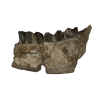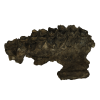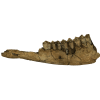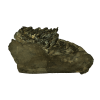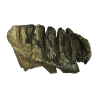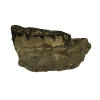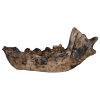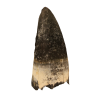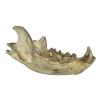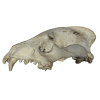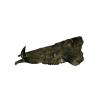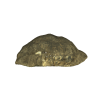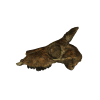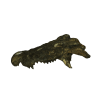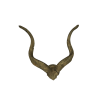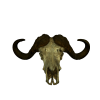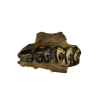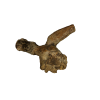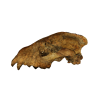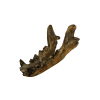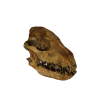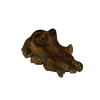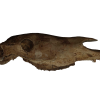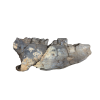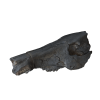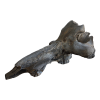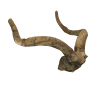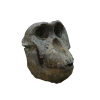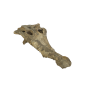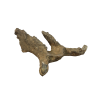This skull of Eurygnathohippus turkanensis was found at Lothagam, in the lower member of the Nawata Formation, and is about 7 million years in age. It is the holotype of this species. African horses are represented by two tribes, the Hipparionini (three-toed horses) and the Equinini. Both are immigrants whose ancestors lived in North America. The hipparionins first arrived in Africa around 10.5 million years ago but Equus did not appear until 2.5 million years ago.
Two species of hipparionins are known from Lothagam, West Turkana, between 7.4 and 6 million years. The Eurygnathohippus turkanensis species is taller and more robust than the smaller Eurygnathophippus feibeli, which had more gracile and elongate limbs. The African hipparionins persist until the Late Pleistocene, where in the Koobi Fora Formation they are represented by two species - Eurygnathophippus hasumense and the smaller Eurygnathophippus cornelianus. These both disappear from the fossil record around 0.5 million years.






